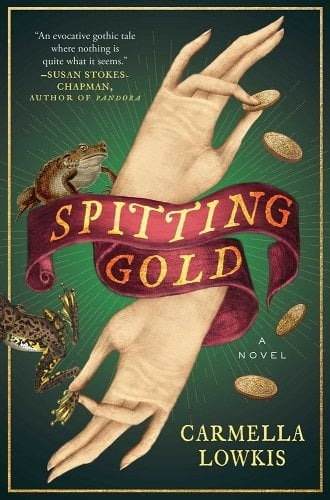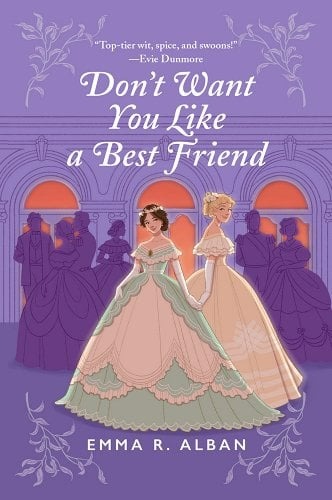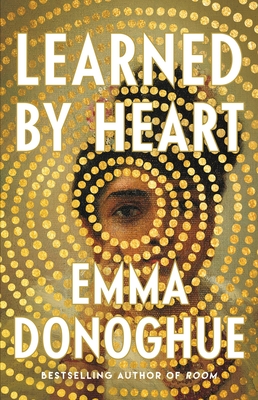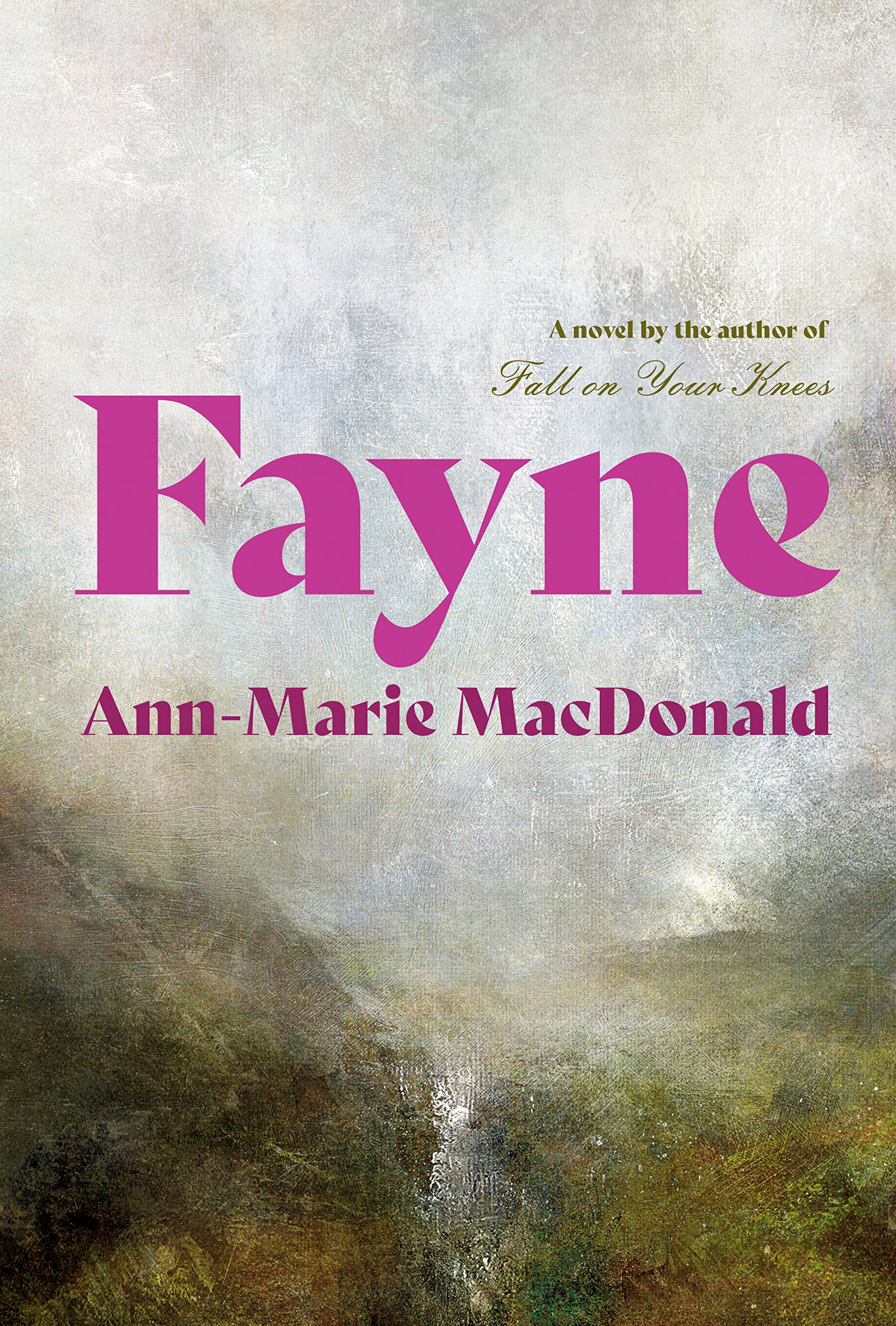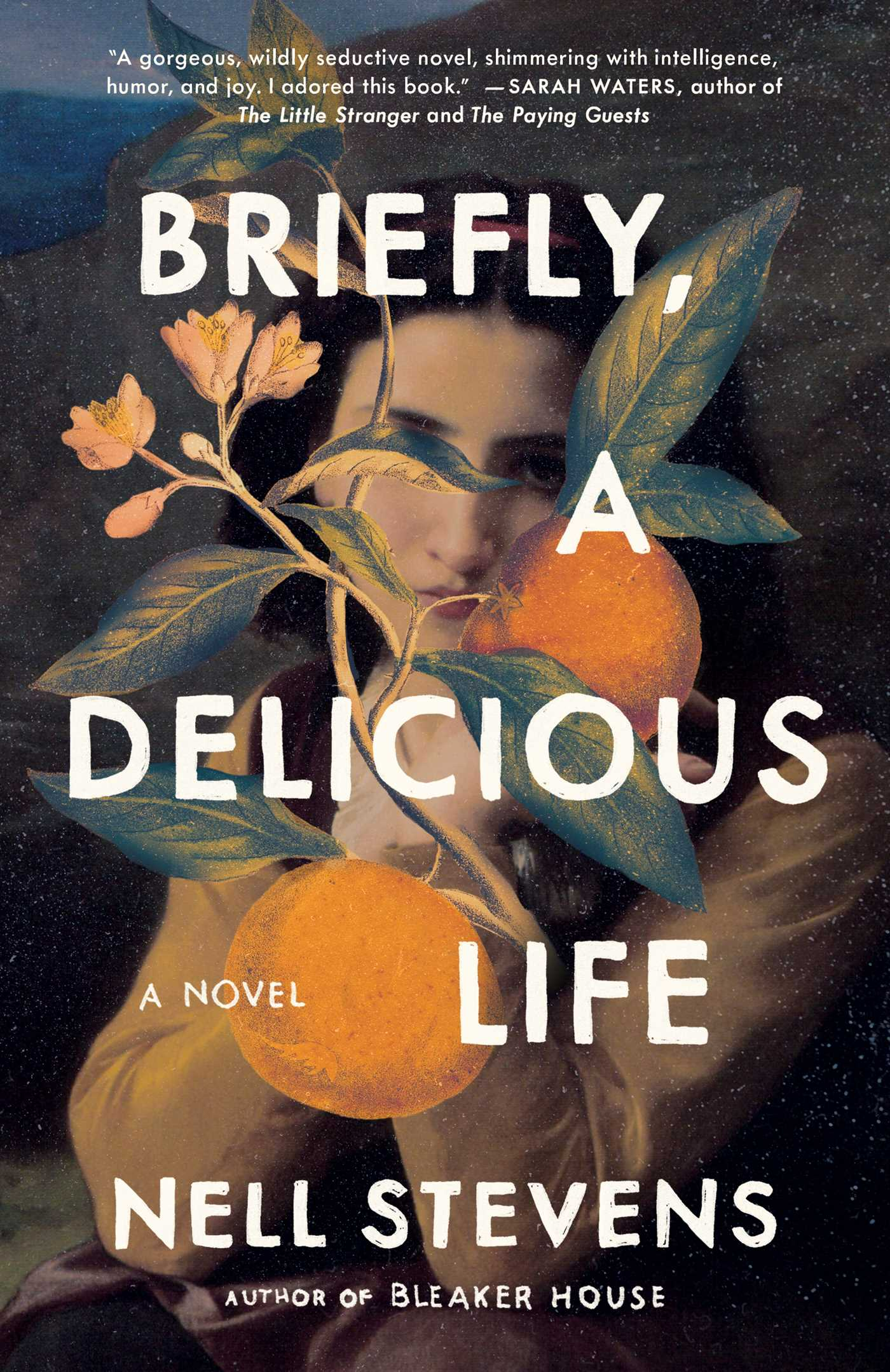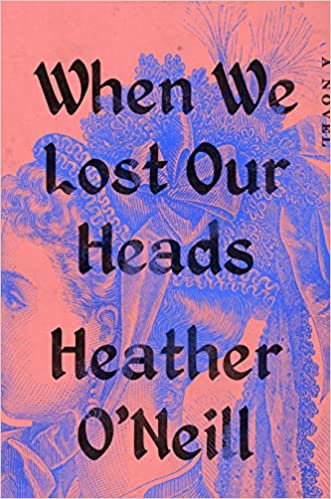Buy this from Bookshop.org to support local bookstores and the Lesbrary! Carmella Lowkins’s new historical novel, Spitting Gold (Atria Books 2024), is a fabulously atmospheric story with a twisting plot that keeps you guessing until the very end! Spitting Gold is set in nineteenth-century Paris. Baroness Sylvie Devereux has worked tirelessly for years to distance herself from herRead More
A Sapphic, Victorian Parent Trap: Don’t Want You Like a Best Friend by Emma R. Alban
Buy this from Bookshop.org to support local bookstores and the Lesbrary! Pretty much as soon as I discovered Emma R. Alban’s Don’t Want You Like a Best Friend, I was excited to read it. From the frothy cover to the Taylor Swift lyric title (admittedly I don’t actually know Taylor Swift’s music well enough to recognize thatRead More
A Feminist, Latin American Vampire Gothic: Thirst by Marina Yuszczuk, translated by Heather Cleary
Buy this from Bookshop.org to support local bookstores and the Lesbrary! Recently translated into English, Marina Yuszczuk’s queer vampire novel, Thirst (Dutton, March 5, 2024), is partly what I’d hoped for in a vampire fiction, and at the same time, it was nothing like what I’d expected. Although it’s a Gothic, vampire novel on the surface, ThirstRead More
The Perfect Sapphic Historical Fiction for Your Fall TBR: Learned by Heart by Emma Donoghue
Bookshop.org Affiliate Link Emma Donoghue’s much-anticipated new novel, Learned by Heart (29 August 2023), is a heartfelt biofiction about the life—and love—of Eliza Raine and her relationship with the famous Anne Lister. Drawing on Lister’s copious five-million-word diaries, Donoghue brings Raine’s story to life in this vivid novel. While Anne Lister’s life and work have become enormouslyRead More
Rachel reviews House of Hunger by Alexis Henderson
Amazon Affiliate Link | Bookshop.org Affiliate Link From the author of The Year of the Witching (Penguin 2020) comes a new queer Gothic novel about blood, power, and control. House of Hunger (Penguin 2022) was enthralling until the very last page, and I still want more! House of Hunger is set in a world where the upper class literallyRead More
Rachel reviews Fayne by Ann-Marie MacDonald
Amazon Affiliate Link Famous Canadian author Ann-Marie MacDonald returns with an incredible new historical novel. Fayne (2022) sweeps readers away to an expansive world of fantasy and wonder. Set in late-nineteenth-century Scotland, Fayne follows Charlotte Bell, who is growing up at Fayne, the lonely and isolated Scottish estate that straddles the border between England and Scotland. Charlotte has beenRead More
Rachel reviews Briefly, A Delicious Life by Nell Stevens
Amazon Affiliate Link | Bookshop.org Affiliate Link Nell Stevens’s debut novel, Briefly, A Delicious Life (2022), is a stunning historical novel about a centuries-old ghost who falls in love with one of history’s most infamous writers. The novel is told from the perspective of Blanca, a ghost who has been fourteen for hundreds of years by theRead More
Rachel reviews Devotion by Hannah Kent
From the highly acclaimed author of Burial Rites and The Good People comes Hannah Kent’s latest novel, Devotion (2021), a historical lesbian fiction set in 1830s Prussia that has quickly become one of my favourite reads of the year. Beginning in Prussia in 1836, the novel is the bildungsroman of Hanne, a fifteen-year-old girl who quickly finds herself pulled further andRead More
Rachel reviews Not Good For Maidens by Tori Bovalino
Amazon Affiliate Link | Bookshop.org Affiliate Link A retelling of one of the nineteenth century’s queerest poems, Tori Bovalino’s new novel Not Good for Maidens (June 21, 2022) is a fast-paced paranormal adventure-thriller that quickly became one of my favourite books of the year. The novel adapts and retells Christina Rossetti’s famous Victorian poem, “Goblin Market” (1862). NotRead More
Rachel reviews When We Lost Our Heads by Heather O’Neill
Amazon Affiliate Link | Bookshop.org Affiliate Link A totally surprising, whimsical, and powerful new novel, When We Lost Our Heads by Heather O’Neill (HarperCollins 2022), is a queer historical fiction that is a must-read this summer! The novel focuses on the complicated friendship between Marie Antoine, the wealthy heiress to her father’s Montreal sugar factory, and SadieRead More
